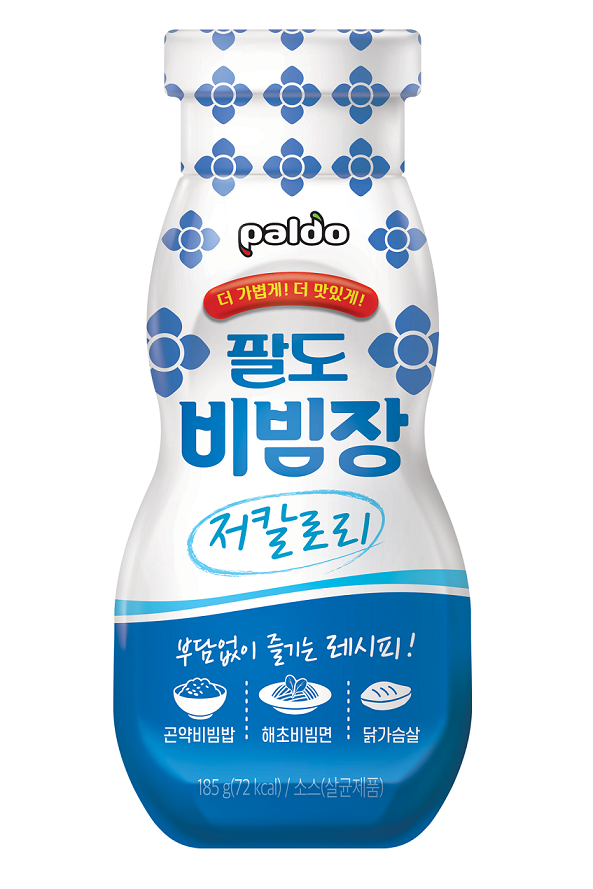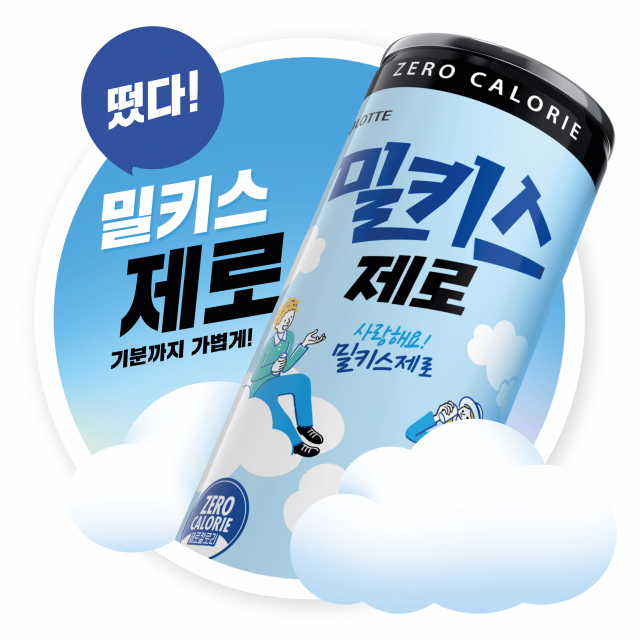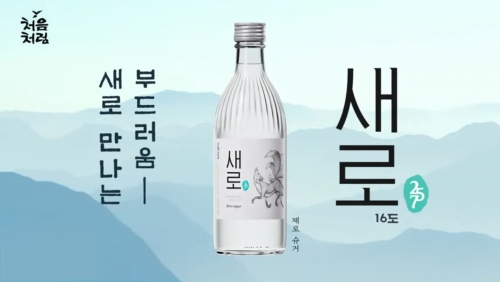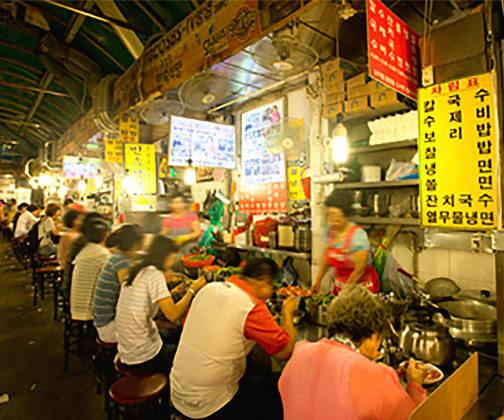Looking for a sugar-free product in Korea? You won’t have to look far, as it seems that everywhere you turn these days, there’s a new option available for health-conscious consumers. In recent years, there has been a growing trend in Korea towards sugar-free and low-sugar products.
Sugar-free market in Korea
According to the announcement by market research firm Euromonitor, the domestic zero-drink market has grown from 90.3 billion won in 2016 to 218.9 billion won in 2021, and is estimated to have grown to 300 billion won last year.
Many Korean food and beverage companies have been introducing new zero sugar products to the market, ranging from beverages (including alcohol) to snacks and desserts. Here are a few examples:
Paldo released Paldo Bibimjang low calorie, which is 39㎉ (calories) per 100g.

Lotte Chilsung Beverage, a major Korean beverage brand, released a sugar-free version of its popular carbonated milk drink, Milkis, which caused a lot of hype and excitement among consumers, leading to the product being sold out within an hour after its official unveiling. Last year September the company also launched “처음처럼 새로”, which later became the leader of the zero-sugar soju market. The accumulated sales exceeded 50 million bottles in just four months after the release.


Additionally, many places have started offering low-sugar or sugar-free options for their customers as well. For example, CGV, a chain of movie-theaters in Korea, released strawberry yogurt latte using alternative sugars instead of sugar as its spring season menu.
![CGV 매점 신메뉴 출시! [딸기요거라떼] 내돈내산 솔직후기 : 네이버 블로그](https://mblogthumb-phinf.pstatic.net/MjAyMzAzMTJfNDUg/MDAxNjc4NTg2MDU2NjI2.aY3So_IlFThEYK5xl6uQJeQT2dn2PVn21QtKIZd7GK4g.oqhc1oWipDCNzb9I2pUoBdV8TMcK3yBBxhSkmv99AgIg.JPEG.12ksy10/output_4089578490.jpg?type=w800)
CGV’s Strawberry Yogurt Latte
Why is there such a drastic growth of the “zero sugar” industry? The recent surge in production of sugar-free products is closely linked to the relatively new concept of “healthy pleasure”.
“Healthy Pleasure”
Mostly popular with millennials and generation Z, the word “Healthy Pleasure” literally means enjoying taking care of one’s health. It refers to the concept of deriving pleasure from activities or experiences that are not only enjoyable, but also contribute to a person’s overall health and well-being. The term has emerged in recent years as a way to promote the idea that pleasure and well-being are not mutually exclusive, and that it’s possible to prioritize one’s own enjoyment and pleasure while also making choices that support long-term health goals.
The concept of healthy pleasure is rooted in the field of positive psychology, which focuses on the study of human happiness and well-being. By emphasizing the importance of pleasure and positive experiences in promoting overall health, the concept of healthy pleasure has become a popular framework for promoting healthy behaviors and lifestyles.
The concept of healthy pleasure has gained so much popularity in Korea that it’s not just limited to sugar-free products – even webtoons (digital comics) devoted to healthy lifestyles. For example, there is even a comics about the daily life of “Maha,” who became able to listen to animals after a traffic accident and started eating vegetarian food.

How did the trend originate in Korea?
- Health Concerns
The first and the most obvious reason is the increased awareness of one’s wellness. As in many countries around the world, the interest in healthy lifestyle has especially increased after COVID-19 and now many people are becoming more health-conscious and are looking for ways to reduce their sugar intake. Consuming too much sugar has been linked to a range of health issues, including obesity, heart disease, and diabetes. - Speaking of diabetes in Korea…
One factor that may be driving this trend is the high rate of diabetes in Korea. According to World Health Organization, in South Korea, the prevalence of diabetes increased from 10.3% in 2011 to 13.9% in 2020 which is higher than the global average of 8.5%. In 2022, high-risk groups exceeded 20 million. As a result, there has been a greater emphasis on reducing sugar intake as a way to prevent or manage diabetes. - Diet trends
Low-carb and ketogenic diets have become popular in recent years, and these diets typically involve cutting back on sugar and carbohydrates. We’ve already covered the topic and mentioned the emphasis placed on one’s physical appearance in Korean society in this article.
The Future of Zero Suga
As the trend towards healthier lifestyles and reduced sugar consumption continues to gain momentum, it’s clear that the popularity of zero sugar products in Korea and around the world is here to stay. With more and more consumers looking for ways to prioritize their health without sacrificing enjoyment or pleasure, the concept of “healthy pleasure” will likely continue to shape consumer behavior and drive innovation in the food and beverage industry. As a result, we can expect to see continued growth in the production and availability of zero sugar products, and an increasing focus on promoting healthy, enjoyable lifestyles that prioritize both pleasure and well-being.



